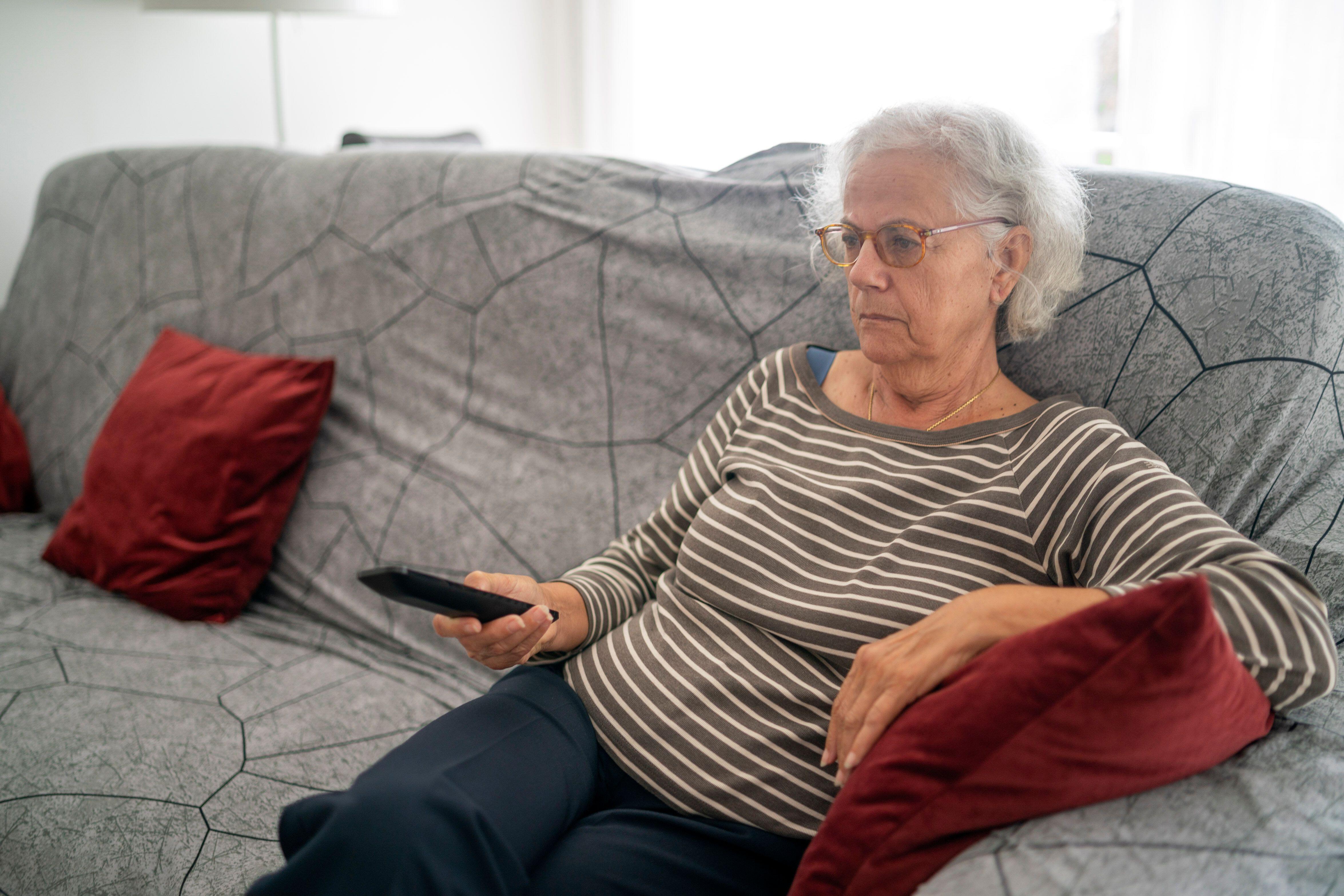What sitting too much does to our bodies
Small movements little and often could do wonders for our health

Many of us are guilty of being chained to our desk chairs during the day and to the sofa during the evenings, but what impact could this have on our health later down the line?
The cold and dark weather dramatically decreases the appeal of exercise this time of year, however gentle movements little and often could do wonders for our health.
So, what are the health risks of sitting down too much? And how often should we be moving our bodies?
What signs might indicate you are sitting down too much?
“Signs that we are sitting too much might include joint pain and stiffness, particularly in the back and neck, and muscular pain and tightness, particularly in the shoulders, at the back of the knees and muscles at the front of the hips,” says Laura Mould, lead physiotherapist at Nuffield Health Leeds Hospital. “Low energy levels, fatigue and difficulty concentrating can also be related to inactivity.”

Sitting down for too long may also exacerbate symptoms from existing conditions.
“People with long-term health conditions such as arthritis, breathing conditions or circulation problems might find that sitting increases symptoms such as joint stiffness, breathlessness and leg swelling,” adds Mould.
How does sitting down too much impact our bones and muscles?
Bones
“Sitting can make your bones weaker and eventually lead to osteoporosis and risk of fracture,” says Clara Kervyn, physiotherapist from the joint and muscle care specialists Deep Heat and Deep Freeze. “Sitting puts significant stress on the spine and can lead to compression of the discs in the spine.
“Spinal issues can cause significant pain and eventually immobility.”
Being sedentary can also have a negative impact on our posture.
“When we sit we often have bad posture as we tend to slouch, so make sure you sit right,” advises Kervyn. “Stop slouching and sit upright with feet flat on the floor and screens at eye level.”
Muscles
“Sitting can cause the large muscles in your legs and glutes to weaken and waste away,” warns Kervyn. “These muscles are essential for walking, keeping your balance and generally stabilising your body.
“Sitting can also tighten hip flexors, which can lead to problems with your hip joints.”
Is it OK to sit down more as we age?

Moving your body regularly during retirement can help keep you healthy, mobile and independent.
“We lose muscle much faster as we age and weakening muscles exacerbated by sitting down can lead to sarcopenia,” highlights Kervyn. “Eventually an old person may have difficulty getting out of bed and out of a chair potentially leading to the need for carers sooner.”
How often should we move our body throughout the day?
“Little and often is the key if you have a sedentary lifestyle or find yourself stuck at your desk,” advises Laura Stocks, physiotherapy quality lead at Nuffield Health. “Getting up from the desk and taking a little walk around can really help to reduce stiff joints and tight muscles.
“Movement is key to musculoskeletal health and it is very important we exercise to maintain this part of health as we age.”
Here are 3 gentle exercises you can do during the day…
1. Ankle rotations
“While seated, lift your feet off the ground and rotate your ankles in circular motions in the same direction, five times one way and the same the other way,” instructs Olly Banks, personal trainer at Fitness First. “Repeat this motion three times.
“This exercise helps to stimulate blood flow in your lower legs and feet, preventing stiffness and promoting circulation.”
2. Leg extensions
“Extend one leg out in front of you and flex your foot, then bring it back down,” says Banks. “Repeat with the other leg and keep going back and forth a few times.
“Leg extensions are a simple move that can prevent annoying stiffness in your legs, particularly if you’ve been sitting for long periods of time.”
3. Fast feet
“Lift your heels off the floor so you’re on the balls of your feet, then quickly alternate between tapping your heels up and down, like you’re running on the spot,” says Banks. “Do this for 10 seconds before resting for 5 seconds and repeating 10 times.
“This rapid movement helps to activate your calf muscles and pump blood back up towards your heart, giving your circulation a boost.”
Bookmark popover
Removed from bookmarks